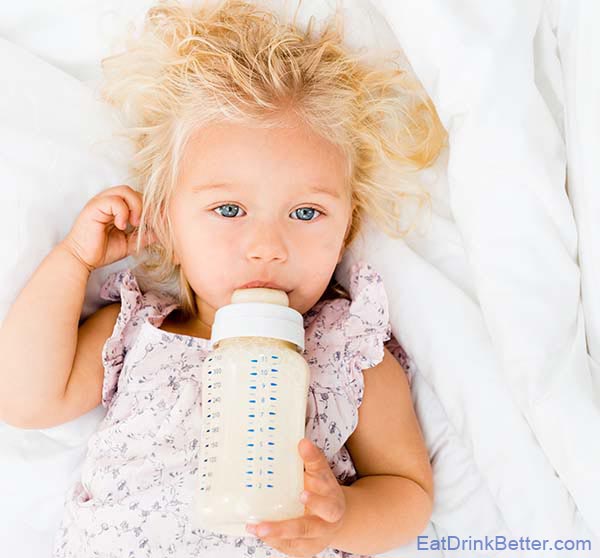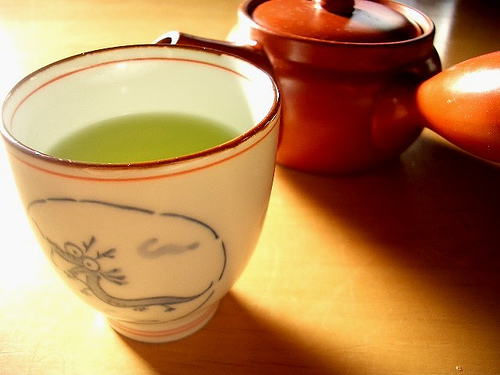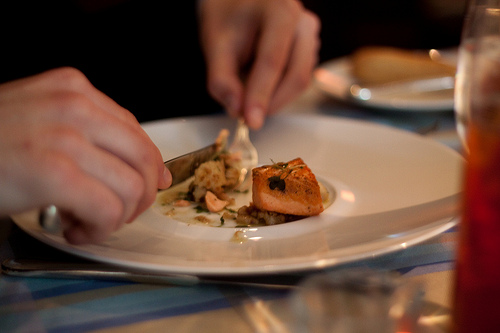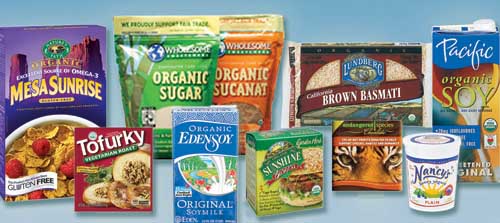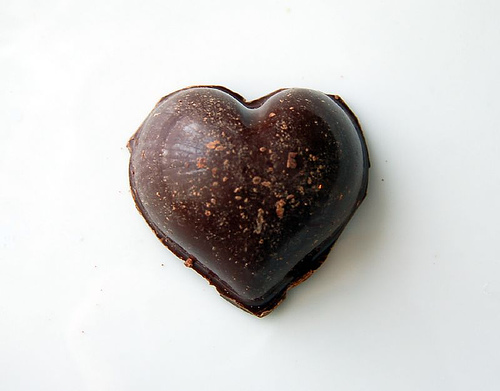
If you’re avoiding BPA because of its endocrine-disrupting properties, there’s a new plastic label that may be even better: EA free.
More and more consumers are shopping for BPA (bisphenol-A) free plastic as evidence mounts that BPA is bad for our health. This endocrine disruptor leaches from plastic into our food and drink, and it’s linked to a slew of health problems including breast cancer, intestinal inflammation, and obesity.
BPA isn’t the only endocrine disruptor used in plastic manufacturing. In fact, many BPA free plastics contain BPS (bisphenol-S), which is just as harmful to our bodies, if not more so. BPS disrupts brain cell growth and may cause hyperactivity. Not exactly something that you want in your baby bottle or sippy cup.
Companies that produce EA free plastic claim that their products are safer, because they don’t leach any endocrine disrupting chemicals. Right now, the EA free label is embroiled in controversy.
The Battle Over EA Free Plastic
There are two companies claiming that they’ve cracked the code for producing EA free plastic: Eastman Chemical and PlastiPure. And they just finished duking it out in court after PlastiPure’s marketing materials began questioning whether Eastman Chemical’s “Tritan” plastics are really EA free.
Eastman Chemical claims that Tritan is free of chemicals that behave like estrogen in the body. Chemicals that mimic estrogen are a major category of endocrine disruptors. When EA free began to gain some popularity among consumers, Eastman Chemical slapped an EA free label on its Tritan products.
The PlastiPure company website explains that BPA and phthalates are only two of hundreds of chemicals that mimic estrogen in our bodies and says that their EA free plastic doesn’t contain these chemicals. They specifically say that their plastics are certified EA free.
PlastiPure’s certification comes from a company called CertiChem. Both PlastiPure and CertiChem were founded by professor of neuroscience (and savvy business man) George Bittner. Bittner says he started both companies because he believes strongly in the importance of producing safer plastics.
When Eastman Chemical got wind that PlastiPure’s new marketing materials were throwing shade on their EA free claims, they took PlastiPure to court. A federal jury ruled in Eastman Chemical’s favor, and an appeals court upheld the ruling back in December.
What began in the courtroom has evolved into a battle of scientific papers. PlastiPure and CertiChem began testing BPA free plastics, including Eastman Chemical’s Tritan, to try to prove that Tritan is not really an EA free plastic. Here’s one of the papers they released (pdf alert).
At this point, any plastic claiming to be truly EA free seems a little bit dubious. Eastman Chemical says that they’ve debunked PlastiPure’s claims about Tritan, but they also point to tests that they conducted themselves. Bittner and PlastiPure come off seeming like the good guys here, but can you trust a chemical company with millions at stake that’s also basically certifying itself?
The idea of EA free plastic is definitely exciting, but before we can really trust those labels there needs to be some evidence from researchers who aren’t being paid by a chemical company. In the meantime, going plastic free as much as possible seems to be the safest choice for consumers.
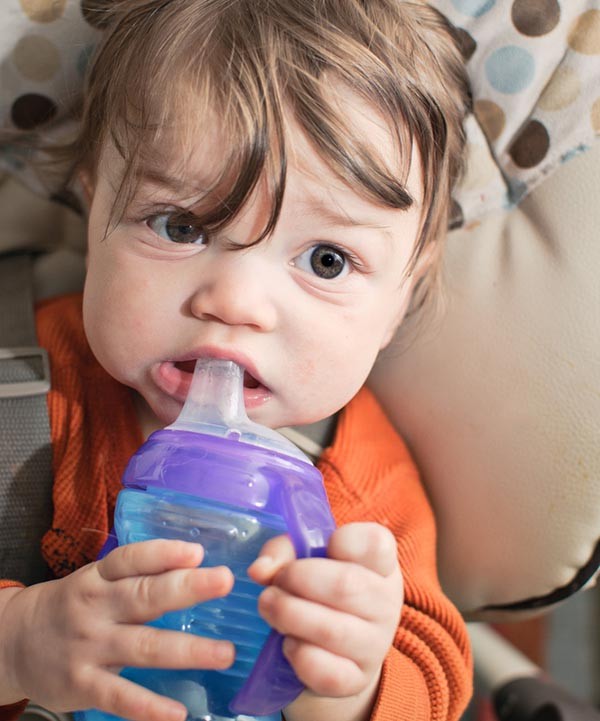
From EA Free to Plastic Free
If you’re looking for some tips to get plastic out of your kitchen, check out our guide to reducing plastic in the kitchen and my favorite methods for plastic free baby food storage.
The plastic products that sparked consumer demand for BPA free (and now EA free) plastics were baby bottles and sippy cups. I found this stainless steel baby bottle from Kleen Kanteen that you can use instead of plastic, and my son loves his Safe Sippy. The top of the Safe Sippy is plastic, but at least his water only touches plastic briefly when he sips, instead of sitting in plastic all day long.
Image Credits: Bottle and Sippy Cup photos via Shutterstock
